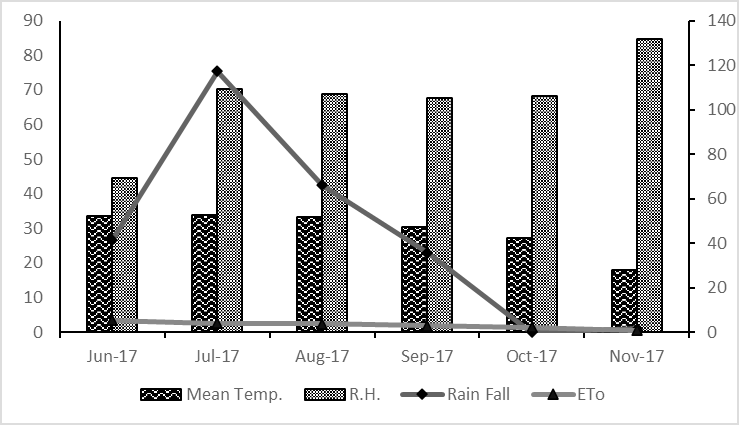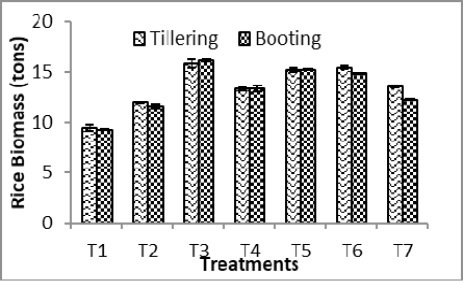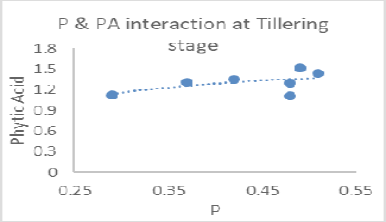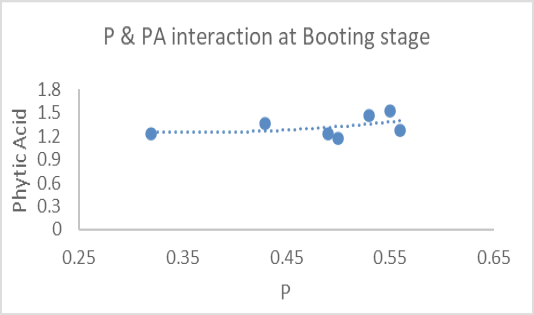Prospective of Use of Phosphorus and Zinc at Tillering and Booting Stages of Rice
Prospective of Use of Phosphorus and Zinc at Tillering and Booting Stages of Rice
Farah Rasheed1*, Ana Aslam1, Muhammad Aftab1, Ghulam Sarwar2, Raheela Naz1, Hina Nazir3, Sadia Sultana1, Amina Kalsom1, Nisa Mukhtar1, Ifra Saleem1, Qudsia Nazir1, Muhammad Arfan-ul-Haq1, Abid Niaz4, Muhammad Arif1, Aamer Sattar1, Sarfraz Hussain5 and Adnan Rafique6
Mean temperature, relative humidity, rainfall and evapotranspiration for growing season of rice.
Impact of P and Zn application on rice yield.
Impact of P and Zn application on rice biomass.
Impact of P and Zn application on rice grain phytic acid (%).
Impact of P and Zn application on rice grain zinc (µg g-1)
Impact of P and Zn application on rice grain phosphorus (%).
P and Zn interaction at tillering stage.
P and PA interaction at tillering stage.
P and PA interaction at booting stage.
Zn and PA interaction at tillering stage.
Zn and PA interaction at booting stage.
Impact of P and Zn application on rice crude protein (g).
Impact of P and Zn application on rice crude fiber (%).
P and Zn interaction at booting stage.





















